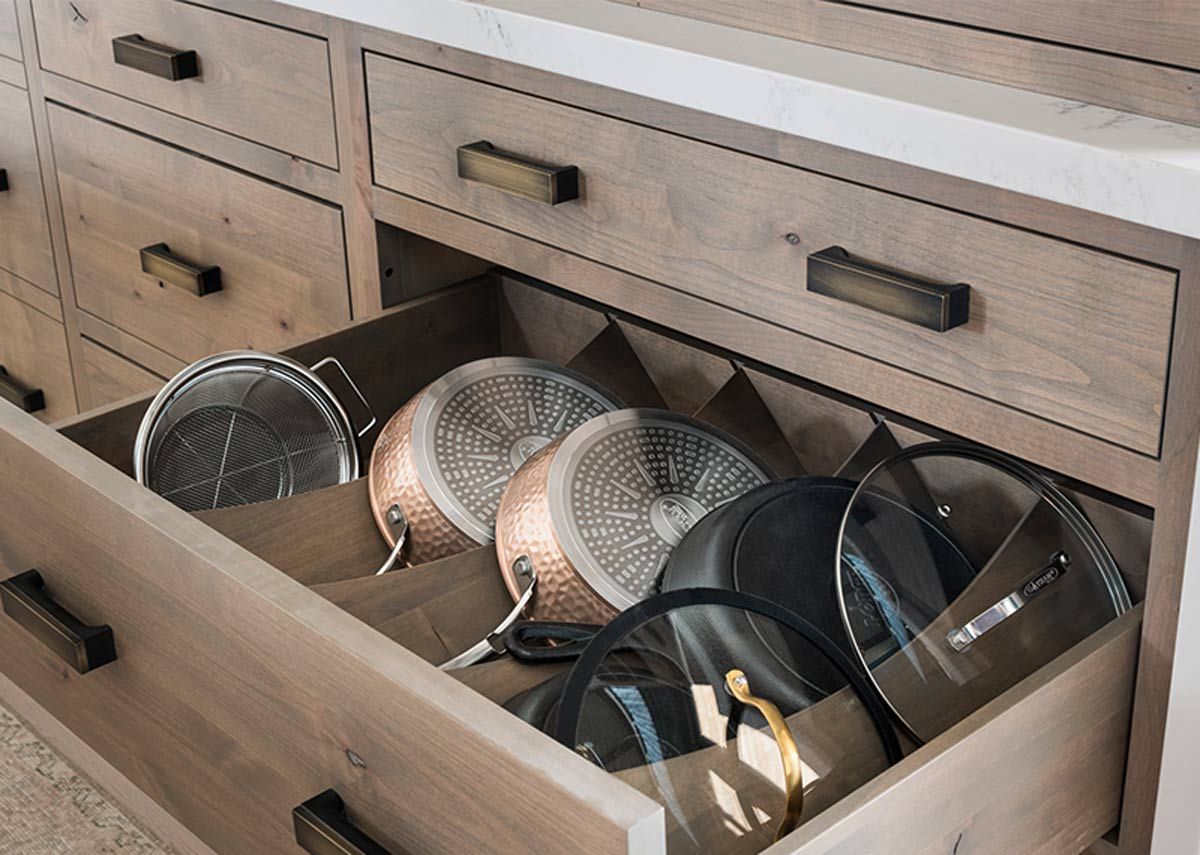

Articles
How To Store Pots And Pans In Drawers
Modified: May 6, 2024
Learn how to store pots and pans efficiently in drawers with these helpful articles. Maximize space and keep your kitchen organized!
(Many of the links in this article redirect to a specific reviewed product. Your purchase of these products through affiliate links helps to generate commission for Storables.com, at no extra cost. Learn more)
Introduction
Organizing and storing pots and pans can often be a challenge in any kitchen. These essential cookware items come in various shapes and sizes, making them difficult to stack and store efficiently. However, one solution that can make a significant difference in your kitchen organization is storing pots and pans in drawers.
Drawer storage offers numerous benefits for your cookware, from easy access and better organization to maximized space efficiency. By utilizing the right techniques and tools, you can transform your kitchen drawers into functional spaces that keep your pots and pans neatly organized and easily accessible.
In this article, we will delve into the world of drawer storage for pots and pans. We will explore the benefits of this storage method, guide you in choosing the right drawers for your kitchen, and provide tips on preparing your cookware for drawer storage. Additionally, we will discuss various techniques for organizing pots and pans effectively, using drawer inserts or dividers, maximizing space efficiency, and ensuring proper maintenance and cleaning.
Whether you have a small kitchen with limited storage space or simply want to declutter your cookware collection, storing pots and pans in drawers can be a game-changer. So, let’s dive in and discover the secrets to achieving a well-organized and functional kitchen with drawer storage for your pots and pans.
Key Takeaways:
- Drawer storage for pots and pans offers easy access, better organization, and maximized space efficiency. It reduces clutter, protects cookware, and enhances the overall kitchen experience.
- Choosing the right drawers, preparing cookware, and utilizing inserts/dividers are crucial for efficient drawer storage. Proper maintenance and cleaning ensure long-lasting functionality and optimal performance of pots and pans.
Benefits of Storing Pots and Pans in Drawers
When it comes to kitchen organization, utilizing drawer storage for your pots and pans offers several advantages. Let’s take a closer look at the benefits of this storage method:
- Ease of Access: Storing pots and pans in drawers allows for easy access to your cookware. Instead of struggling to reach items at the back of a cabinet or having to lift heavy stacks of pots and pans, you can simply slide out the drawer and retrieve the item you need. This saves time and energy in the kitchen.
- Better Organization: Drawers provide an efficient way to organize your pots and pans. Instead of stacking them on top of one another, causing scratches and dents, drawers allow you to neatly arrange each piece separately. This not only protects your cookware but also makes it easier to find the specific pot or pan you need when cooking.
- Maximized Space: Storing pots and pans in drawers can help maximize your kitchen space. Traditional cabinets often waste vertical space, making it challenging to store large cookware items. With drawers, you can utilize the entire height of the drawer, making it ideal for accommodating tall pots and pans. This efficient use of vertical space frees up valuable cabinet space for other kitchen essentials.
- Reduced Clutter: Pots and pans stored in drawers eliminate the clutter that often comes with stacked cookware. Instead of a chaotic jumble of pots and pans falling out of a cabinet, drawers provide a clean and organized appearance. This not only enhances the aesthetic appeal of your kitchen but also creates a calm and stress-free cooking environment.
- Protection for Cookware: Drawer storage offers better protection for your pots and pans. By separating them in individual compartments, you reduce the risk of scratches and dents that occur when stacked on top of one another. Additionally, drawers provide a more stable and secure storage solution, minimizing the chances of accidental damage or breakages.
Overall, storing pots and pans in drawers brings convenience, organization, space efficiency, and protection to your kitchen. It allows for easy access to your cookware and creates a visually appealing and clutter-free cooking space. So, consider incorporating drawer storage into your kitchen to enjoy these fantastic benefits and transform your cooking experience.
Choosing the Right Drawers for Storage
When it comes to storing pots and pans in drawers, selecting the right type of drawers is crucial. Here are some factors to consider when choosing the right drawers for storage:
- Drawer Size: Consider the size of your cookware collection and choose drawers that can accommodate both the height and width of your pots and pans. Measure the dimensions of your largest pots and pans to ensure they will fit comfortably in the drawers.
- Weight Capacity: Pots and pans can be heavy, so it’s essential to choose drawers with a weight capacity that can support your cookware. Opt for heavy-duty drawers that can handle the weight of your pots and pans without sagging or causing damage.
- Drawer Construction: Look for drawers made from durable materials such as solid wood or high-quality plywood. These materials are sturdy and long-lasting, ensuring that your drawers can withstand the weight and frequent use of storing pots and pans.
- Drawer Slides: The type of drawer slides is an important consideration for efficient use of the storage space. Full-extension drawer slides are highly recommended as they allow the drawer to fully extend, giving you complete access to the contents. Soft-close drawer slides are also beneficial as they prevent the drawers from slamming shut, reducing noise and potential damage to your cookware.
- Interior Organization Options: Consider the interior organization options provided by the drawers. Look for drawers with adjustable dividers or customizable inserts that can help you create compartments suitable for different sizes and shapes of pots and pans. This allows for a flexible and personalized storage solution.
- Drawer Location: Think about the location of the drawers in your kitchen. Ideally, choose drawers that are close to your cooking area to ensure easy access while you are preparing meals. Placing the drawers near the stove or oven can make it more convenient to retrieve pots and pans during cooking.
By considering these factors, you can choose the right drawers that meet your storage needs and provide a functional and organized space for your pots and pans. Remember that the quality and suitability of the drawers will directly impact the effectiveness of your drawer storage system, so invest in high-quality drawers that will stand the test of time.
Preparing Your Pots and Pans for Drawer Storage
Before you start storing your pots and pans in drawers, it’s important to properly prepare them to ensure they remain in optimal condition. Here are some steps to follow when preparing your cookware for drawer storage:
- Clean Thoroughly: Give your pots and pans a good cleaning before storing them in drawers. Remove any food residue or stains by washing them with warm soapy water and a non-abrasive sponge. Make sure to dry them completely to prevent moisture buildup.
- Protect with Liners: To prevent scratches and dents, consider lining the bottom of your drawers with a protective material. Non-slip drawer liners or silicone mats work well for this purpose. They provide a cushioning layer that helps protect the surface of your pots and pans during storage.
- Separate with Towels or Potholders: If you have space between your pots and pans, consider placing a soft towel or potholder in between them. This adds an extra layer of protection and helps prevent scratches or damage caused by contact with other cookware.
- Secure Loose Handles: If any of your cookware has loose or removable handles, secure them tightly before storing. Loose handles can become a safety hazard and may cause damage to other items in the drawer during movement.
- Stack Strategically: When stacking pots and pans, place the larger and heavier items at the bottom. Ensure that each pot and pan is nested securely to prevent them from sliding or shifting during storage. This will help maintain the integrity of your cookware and minimize the risk of damage.
- Avoid Overpacking: Be mindful of the number of pots and pans you store in each drawer. Overpacking can lead to difficulties in accessing your cookware and increase the risk of damage. If you have a large collection, consider using multiple drawers or implementing a rotation system to prevent overcrowding.
By following these steps, you can ensure that your pots and pans are properly prepared for drawer storage. Taking the time to clean, protect, and organize your cookware will help preserve their quality and extend their lifespan. With these preparations in place, you can confidently store your pots and pans in drawers, knowing that they will remain in excellent condition until their next use.
Organizing Pots and Pans in Drawers
When it comes to organizing your pots and pans in drawers, a systematic approach can help maximize efficiency and ease of use. Here are some tips for organizing your cookware effectively:
- Categorize by Size: Start by categorizing your pots and pans based on their size. Group together small saucepans, medium-sized pots, large stockpots, and frying pans. This will make it easier to locate the right cookware for your specific needs.
- Sort by Frequency of Use: Consider the frequency with which you use your pots and pans. Place the ones you use most frequently within easy reach, while those used less often can be stored towards the back of the drawer. This will save you time and effort when cooking.
- Nest and Stack: To maximize space, nest smaller pots and pans inside larger ones. This helps to save space and keeps your drawers organized. Stack your cookware in an upright position to maximize space efficiency and prevent damage.
- Avoid Piling: Resist the temptation to pile pots and pans on top of one another. This can make it difficult to access the ones at the bottom without creating a mess. Instead, opt for arranging them side by side or use stacking racks to keep everything visible and easily accessible.
- Utilize Lid Storage: If space allows, dedicate one section of the drawer for lid storage. Use a lid organizer or a simple tension rod to keep lids upright and organized. This ensures that lids are readily available when you need them, eliminating the frustration of searching for the right lid.
- Label or Color Code: Consider labeling or color coding your cookware to further enhance organization. You can use small labels or stickers on each pot or pan to indicate its size or purpose. Alternatively, you can use colored bands or stickers to easily identify different types of cookware.
- Keep Accessories Separate: Store pot holders, kitchen towels, and other cooking accessories separately from your pots and pans. This prevents them from cluttering the drawer and makes it easier to find the right cookware without rummaging through unrelated items.
By implementing these organizing strategies, you can create a well-structured and efficient storage system for your pots and pans. Organized drawers not only make it easier to find and retrieve specific cookware but also help to maintain the longevity and quality of your pots and pans.
Consider using adjustable drawer dividers to create customized spaces for each pot and pan. This will help keep them organized and prevent them from shifting around when the drawer is opened and closed.
Read more: How To Store Pots And Pans In Small Kitchen
Using Drawer Inserts or Dividers
Drawer inserts or dividers are valuable tools that can help you optimize your drawer storage for pots and pans. They offer a range of benefits, from creating separate compartments for different cookware items to preventing them from shifting during movement. Here are some tips on how to effectively use drawer inserts or dividers:
- Customizable Compartments: Look for drawer inserts or dividers that are adjustable or customizable. This allows you to create compartments that perfectly fit the size and shape of your pots and pans. You can arrange the dividers to accommodate different sizes and keep each item securely in place.
- Separate by Type: Use drawer inserts or dividers to separate your pots and pans based on type or purpose. For example, you can have a section for frying pans, another for saucepans, and a separate area for baking sheets or roasting pans. This makes it easier to locate the specific cookware you need when preparing meals.
- Protect Cookware: Drawer inserts or dividers provide a cushioning effect, protecting your pots and pans from scratches and dents caused by contact with other cookware. They create a barrier that prevents cookware from bumping into each other during opening and closing of the drawers.
- Secure Placement: Ensure that drawer inserts or dividers are securely placed in the drawer to prevent them from shifting or moving. This will help maintain the organization and stability of your cookware. You can use nonslip materials or adhesive strips to keep the dividers in place.
- Utilize Vertical Space: Take advantage of vertical space by using taller dividers. This allows you to stack smaller pots or pans vertically, saving horizontal room for larger items. By utilizing the height of the drawer effectively, you can store more cookware without sacrificing accessibility.
- Consider Additional Inserts: In addition to dividers for pots and pans, consider using other types of inserts to further customize your drawer organization. Utensil trays, spice racks, or knife blocks can be useful additions to create a well-organized and functional kitchen drawer.
- Regularly Adjust and Rearrange: As your cookware collection changes or expands, be open to adjusting and rearranging your drawer inserts or dividers. This allows you to accommodate new additions or accommodate changes in your cooking needs. Regularly reassessing the organization of your drawers will help maintain an efficient storage system.
By utilizing drawer inserts or dividers, you can transform your kitchen drawers into well-organized and functional spaces for your pots and pans. These tools provide flexibility, protection, and increased accessibility to your cookware, making meal preparation a breeze.
Maximizing Space Efficiency in Drawer Storage
When it comes to storing pots and pans in drawers, maximizing space efficiency is key. With a few strategic techniques, you can make the most of your drawer storage and create a well-organized kitchen. Here are some tips for maximizing space efficiency:
- Stacking Strategically: Stack pots and pans vertically to make the most of the drawer’s height. Place larger pots at the bottom and nest smaller ones inside. This not only saves space but also makes it easier to access the cookware you need without having to dig through a pile of stacked items.
- Utilize Lid Storage: If your drawer is deep enough, consider storing lids vertically alongside the pots and pans. This helps to free up additional space in the drawer while keeping the lids easily accessible. Use a lid organizer or tension rods to keep them upright and prevent them from moving around.
- Invest in Custom Drawer Organizers: Consider investing in custom drawer organizers specifically designed for pots and pans. These organizers maximize space efficiency by providing separate compartments for each item, allowing you to store more cookware in the same amount of space. They come in various configurations to suit different sizes and shapes of pots and pans.
- Utilize the Drawer Front: Make use of the inside of the drawer front by attaching hooks or magnetic strips. This allows you to hang lightweight items such as measuring spoons, spatulas, or oven mitts. By utilizing this space, you can free up space inside the drawer and keep frequently-used utensils within easy reach.
- Group Similar Items Together: Group pots and pans with similar dimensions or functions together. For example, keep all saucepans in one section and frying pans in another. This helps to create an organized layout and makes it easier to find the specific cookware you need.
- Consider Overlapping Handles: If your pots and pans have handles that stick out, consider overlapping them to save space. This technique works well with pots and pans of similar sizes. Simply alternate the direction of the handles to create a more compact arrangement.
- Utilize Drawer Dividers: Use drawer dividers to create separate sections for different categories of cookware. For example, you can have a section for pots, a section for pans, and another for lids. This helps to create a well-organized and visually appealing drawer layout.
- Periodic Decluttering: Regularly assess your collection of pots and pans and declutter as needed. Get rid of any items that are rarely used or no longer in good condition. This not only frees up space but also ensures that you are maximizing the efficiency of your drawer storage.
By implementing these strategies, you can maximize the space efficiency of your drawer storage for pots and pans. This will not only streamline your kitchen organization but also make meal preparation more efficient and enjoyable.
Maintaining and Cleaning Your Pots and Pans
Maintaining and cleaning your pots and pans is crucial to ensure their longevity and optimal performance. Here are some tips to help you keep your cookware in top condition:
- Follow Manufacturer’s Instructions: Read and follow the manufacturer’s instructions for cleaning and maintenance specific to your pots and pans. Different materials and finishes may require different cleaning methods and care.
- Hand Wash When Possible: While many pots and pans are labeled as dishwasher-safe, hand washing is generally recommended. This helps to prolong the lifespan of your cookware and prevents the harsh dishwasher detergents from dulling the finish or causing damage to nonstick coatings.
- Use Gentle Cleaning Techniques: Avoid using abrasive materials such as steel wool or harsh cleaners that can scratch or damage the surface of your cookware. Instead, use non-abrasive sponges or soft cloths along with mild dish soap to clean your pots and pans.
- Remove Stains and Residue Promptly: If you notice any stubborn stains or food residue on your pots and pans, address them promptly. Soak the cookware in warm soapy water to loosen the residue before gently scrubbing it off. This prevents build-up and makes subsequent cleaning easier.
- Avoid High Heat: Excessive heat can damage certain types of cookware. Avoid using high heat when cooking, especially for nonstick pans, as it can cause the coating to deteriorate over time. Also, refrain from placing empty pans on high heat, as this can lead to warping or discoloration.
- Properly Store Your Cookware: When not in use, stack your pots and pans carefully to prevent scratches or dents. If nesting is not possible, use pot protectors or place a soft cloth between each piece to provide cushioning and protection.
- Check Handles and Rivets: Regularly inspect the handles and rivets on your cookware. If handles become loose or rivets are damaged, have them repaired or replaced. Loose handles can pose a safety hazard and compromised rivets can affect the structural integrity of the cookware.
- Season Cast Iron Cookware: If you own cast iron cookware, it is essential to season it periodically. Seasoning helps prevent rust and maintains a nonstick surface. Follow the manufacturer’s instructions or research the appropriate method for seasoning cast iron.
- Store Properly: When storing your pots and pans in drawers, follow the previous guidelines mentioned for organizing and preparing them. Ensure that the drawer is clean and dry to prevent moisture build-up that can lead to corrosion or mold.
- Periodic Deep Cleaning: Once in a while, perform a deep cleaning of your pots and pans to remove any built-up residue or stains. There are specific cleaning techniques for different types of cookware, such as bar keeper’s friend for stainless steel or baking soda paste for copper. Be sure to research the appropriate method for your specific cookware.
By following these maintenance and cleaning tips, you can prolong the lifespan of your pots and pans, keep them in optimal condition, and ensure that they continue to serve you well in your cooking endeavors.
Conclusion
Storing pots and pans in drawers offers numerous benefits for your kitchen organization and efficiency. By utilizing the right drawers and implementing effective storage techniques, you can transform your kitchen into a well-organized and functional space. From easy access and better organization to maximizing space efficiency, drawer storage is a game-changer for keeping your pots and pans neatly arranged and easily accessible.
Choosing the right drawers, preparing your cookware for drawer storage, and organizing them strategically are crucial steps in achieving an organized kitchen. By utilizing drawer inserts or dividers, you can customize your storage space and ensure that each pot and pan has its designated place. This not only protects your cookware but also optimizes the space within your drawers.
To maintain the longevity and performance of your pots and pans, it is essential to practice proper maintenance and cleaning. Follow manufacturer’s instructions, hand wash when possible, and avoid abrasive materials or harsh cleaners that can damage the surface. By taking care of your cookware, you can enjoy long-lasting functionality and ensure its ongoing performance.
In conclusion, storing pots and pans in drawers is a practical and efficient way to organize your kitchen. It saves time, preserves the quality of your cookware, and enhances the overall cooking experience. By applying the techniques and tips covered in this article, you can create a well-structured and visually appealing kitchen with drawer storage for your pots and pans.
So, don’t let your pots and pans clutter up your cabinets any longer. Embrace the convenience and organization of drawer storage to achieve a functional and efficient kitchen space. With the right tools and a little creativity, you can transform your kitchen into a well-organized culinary haven!
Now that you've got the scoop on storing pots and pans, why stop there? Tackle even more home organization challenges with ease. If space is tight in your kitchen, discover practical tips for maximizing every inch in kitchen organization. Or, if you're looking to spruce up other areas of your home, find out how home organization can transform your living space with stylish and functional fabric storage cubes. These guides are perfect for keeping every corner tidy and accessible!
Frequently Asked Questions about How To Store Pots And Pans In Drawers
Was this page helpful?
At Storables.com, we guarantee accurate and reliable information. Our content, validated by Expert Board Contributors, is crafted following stringent Editorial Policies. We're committed to providing you with well-researched, expert-backed insights for all your informational needs.
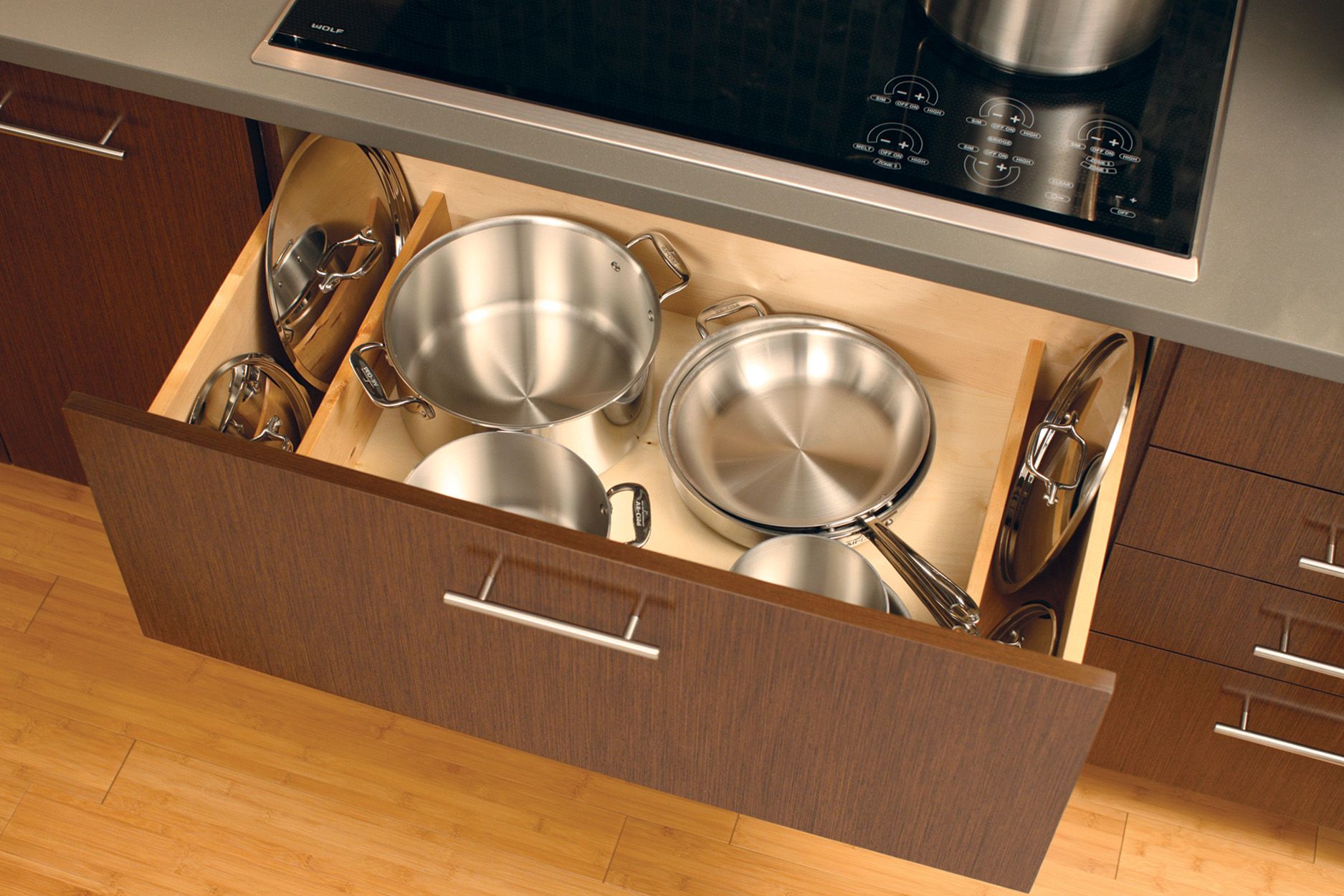
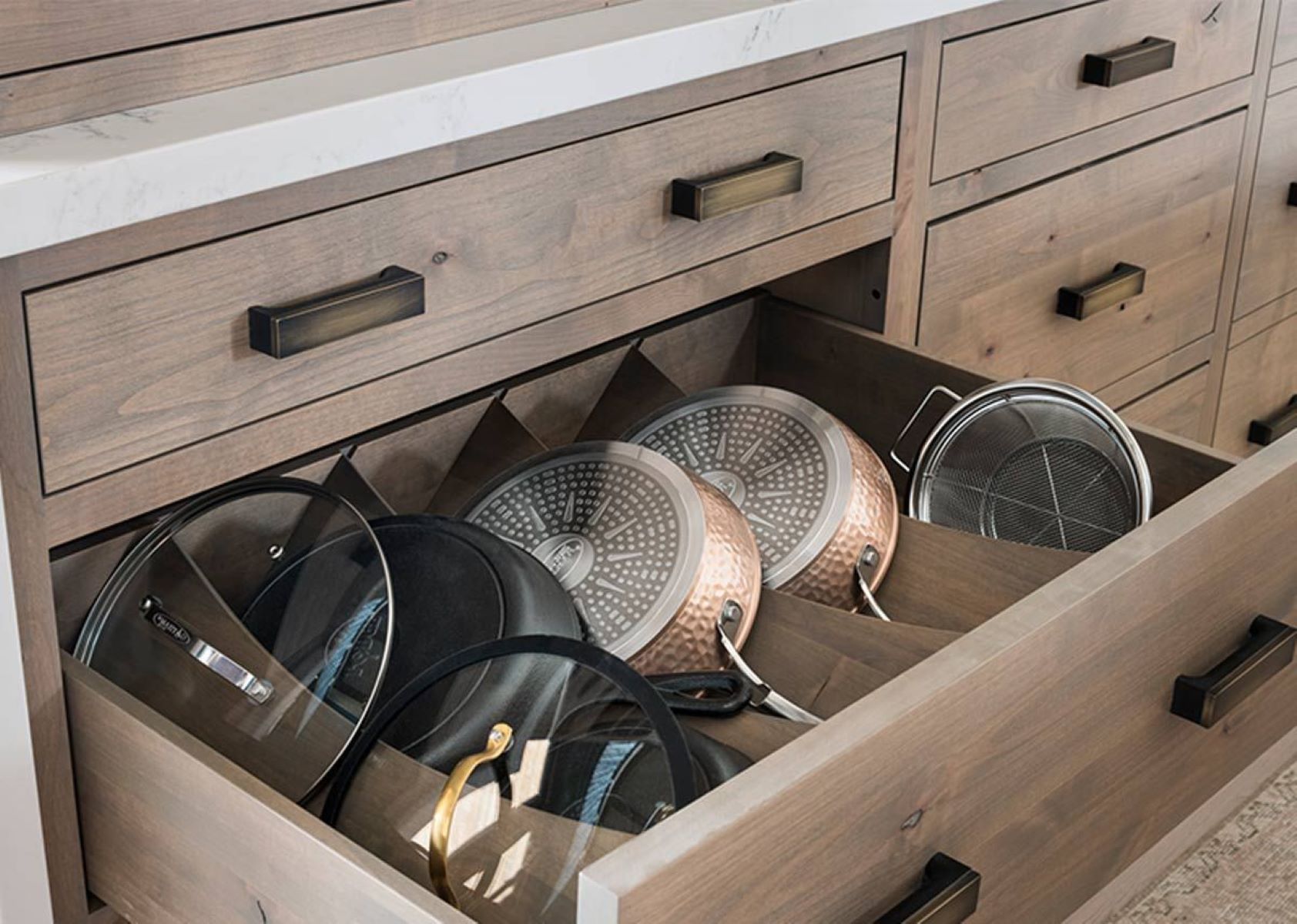
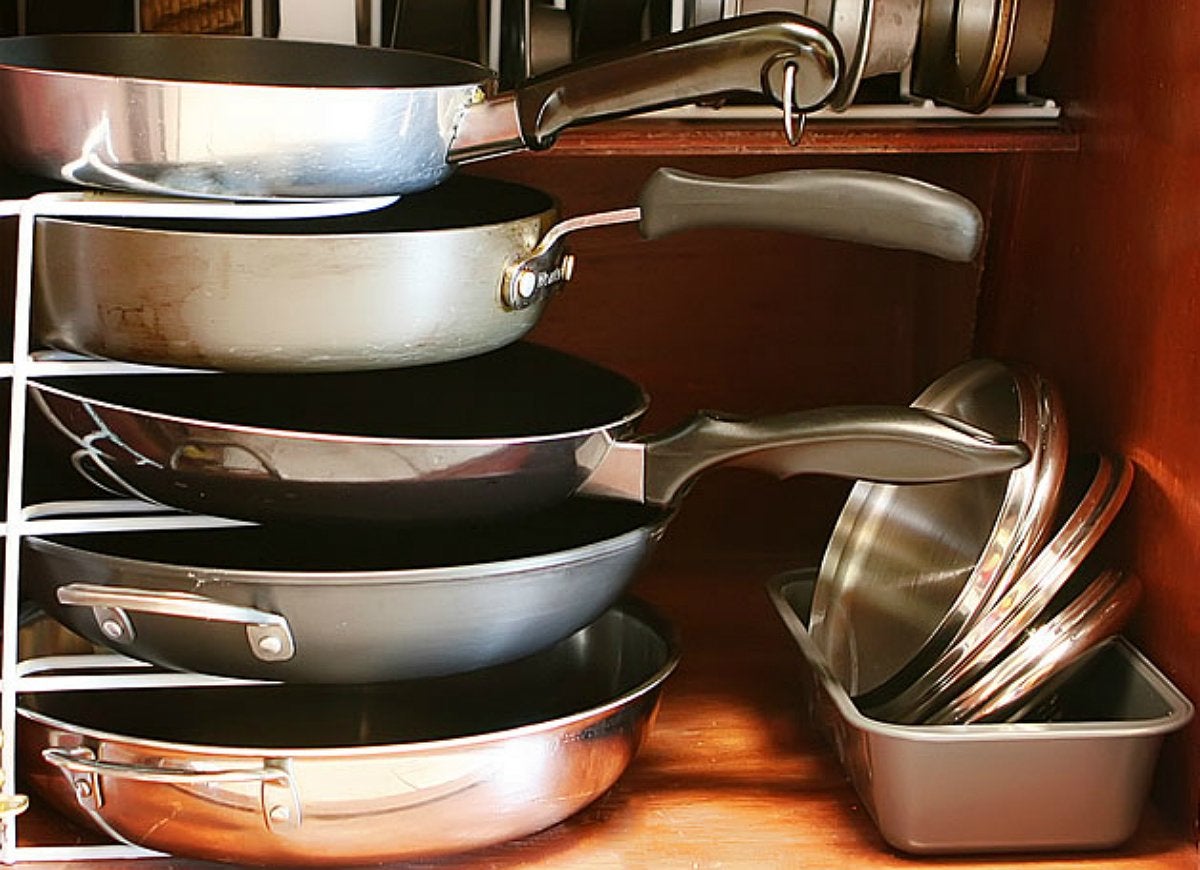
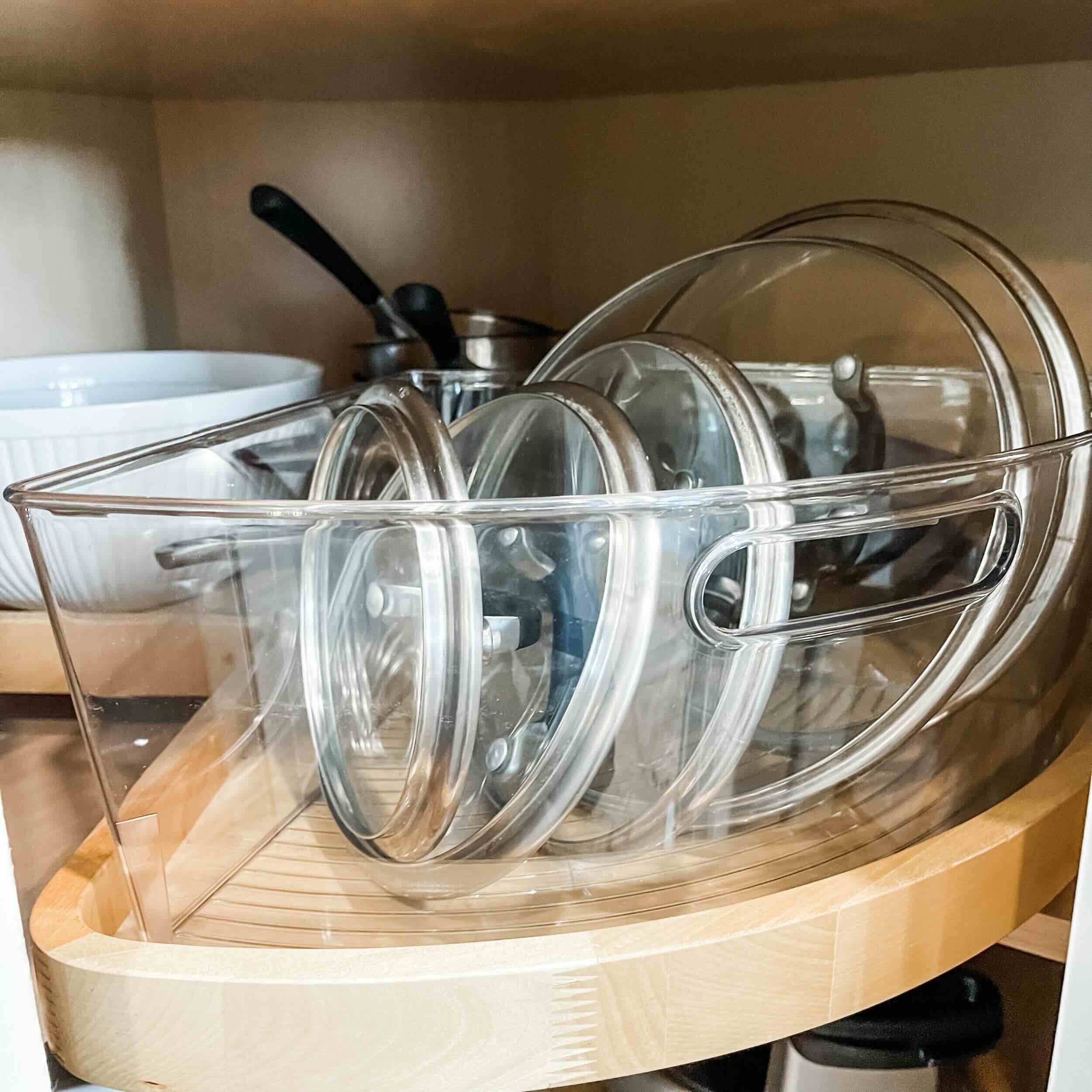
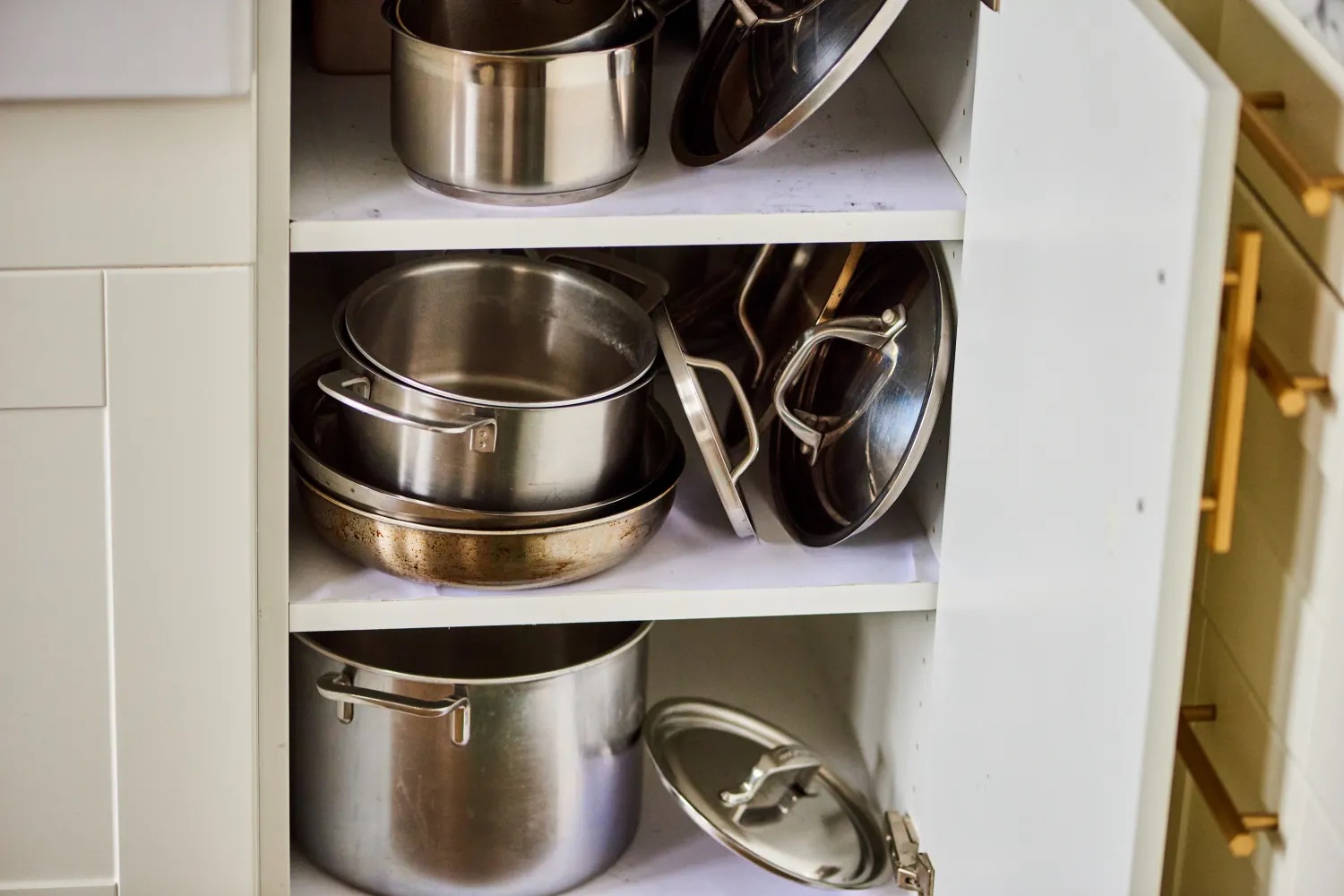
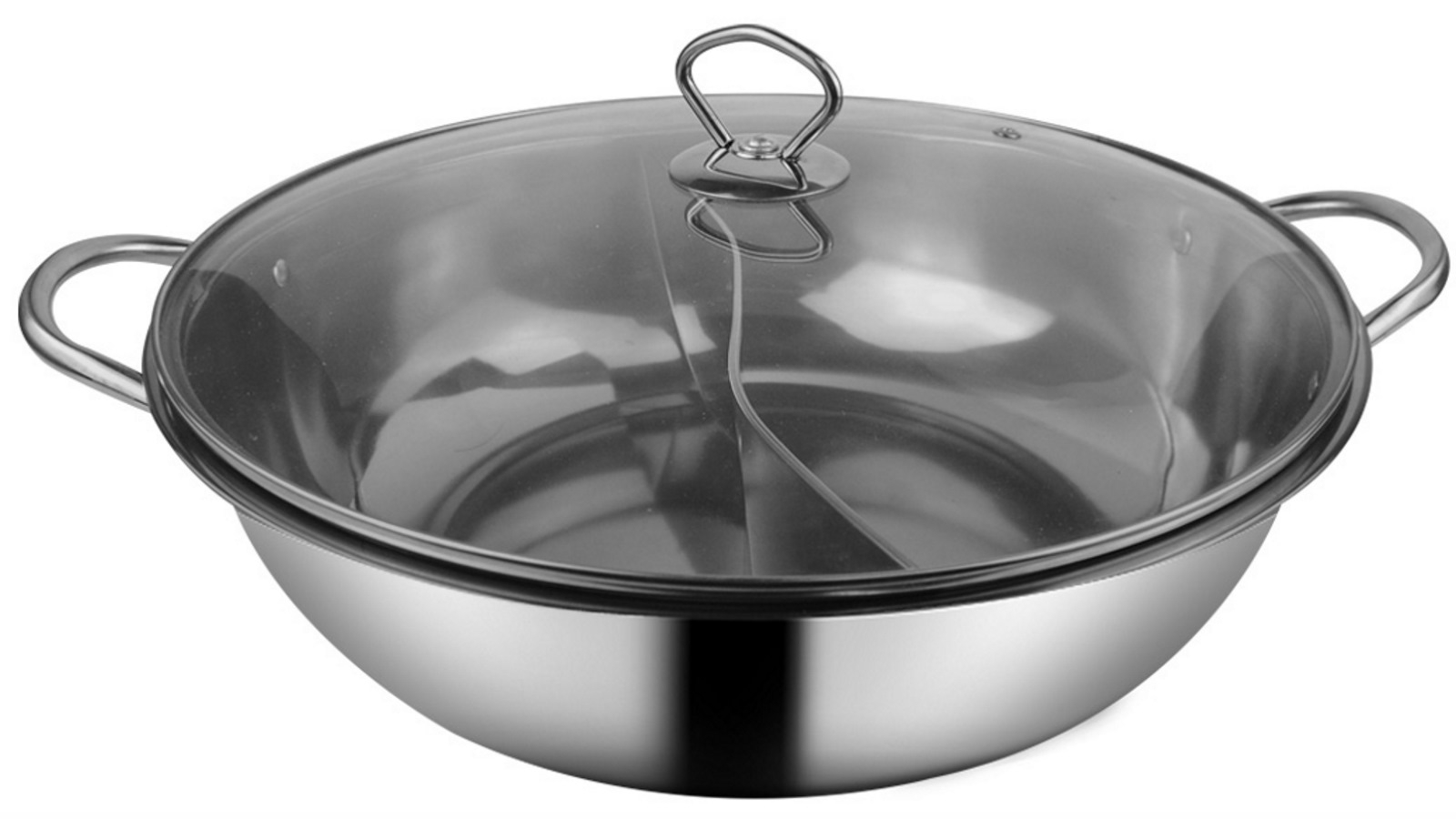
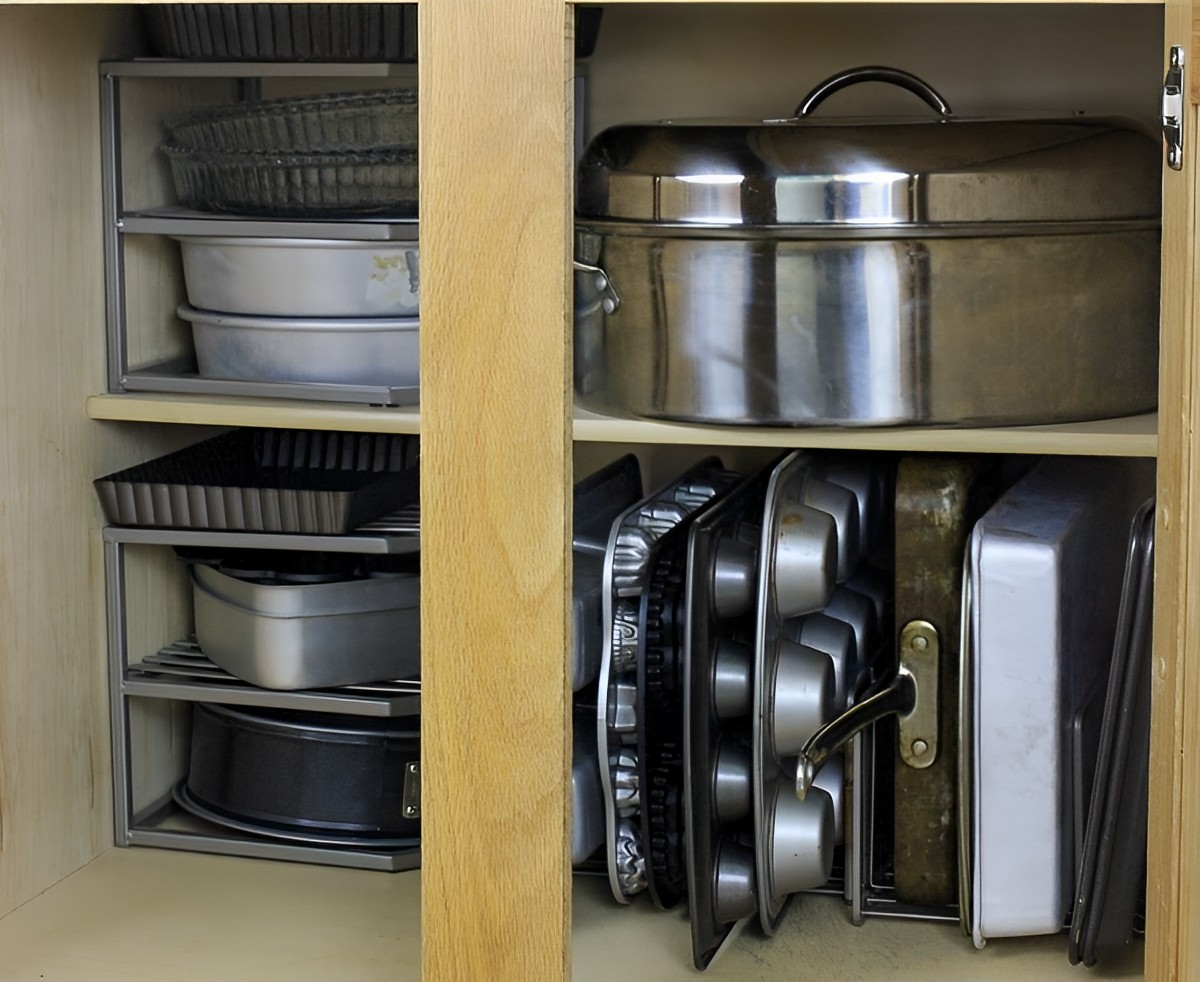
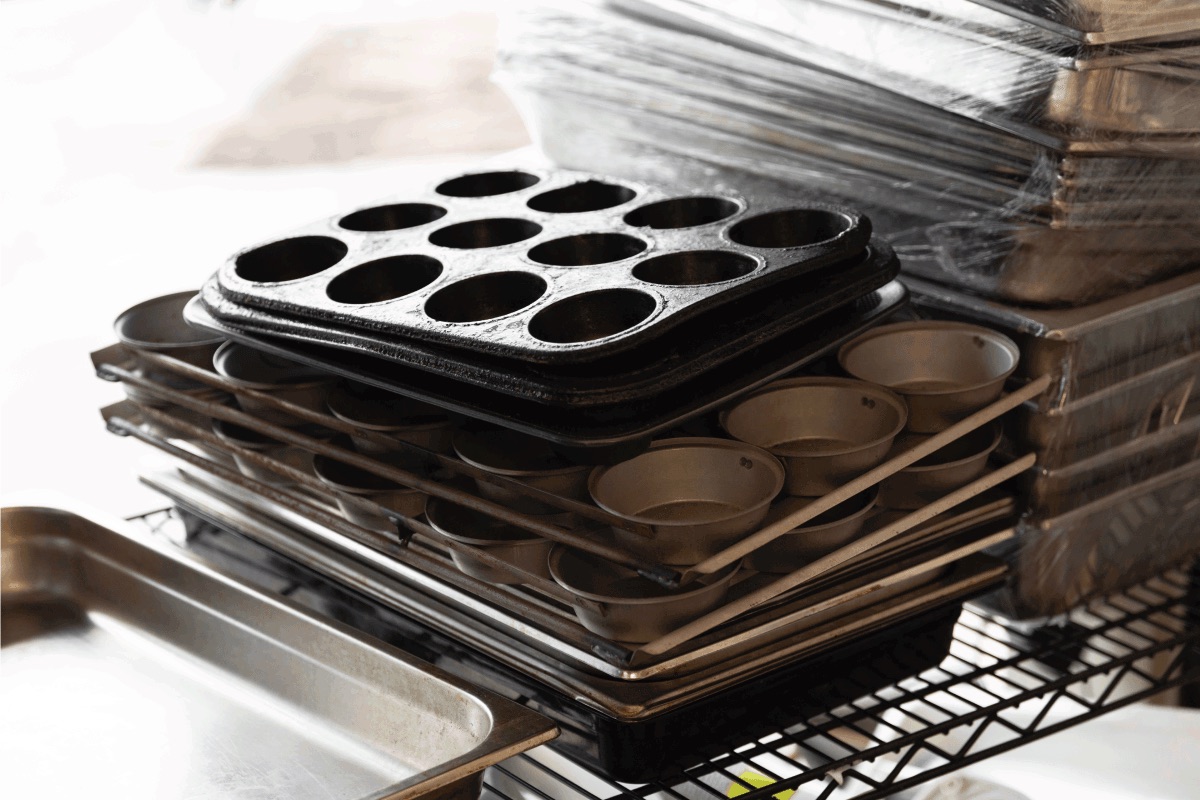
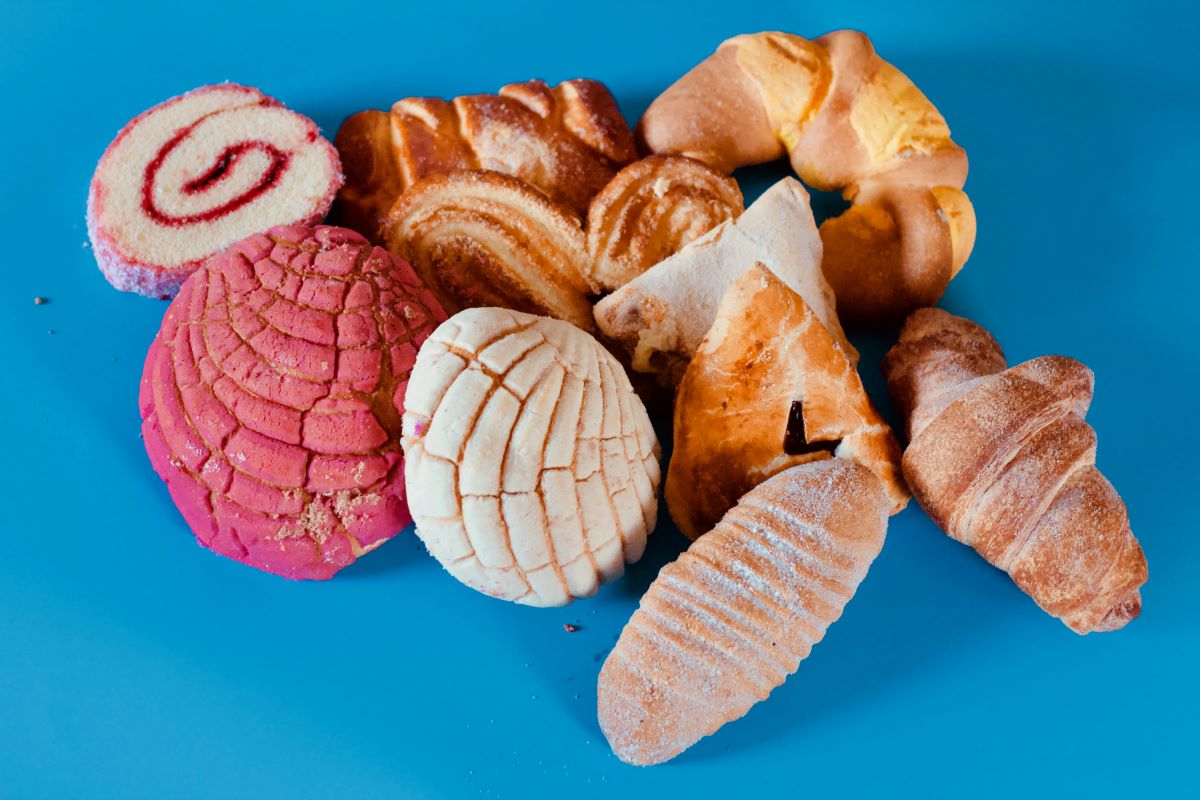
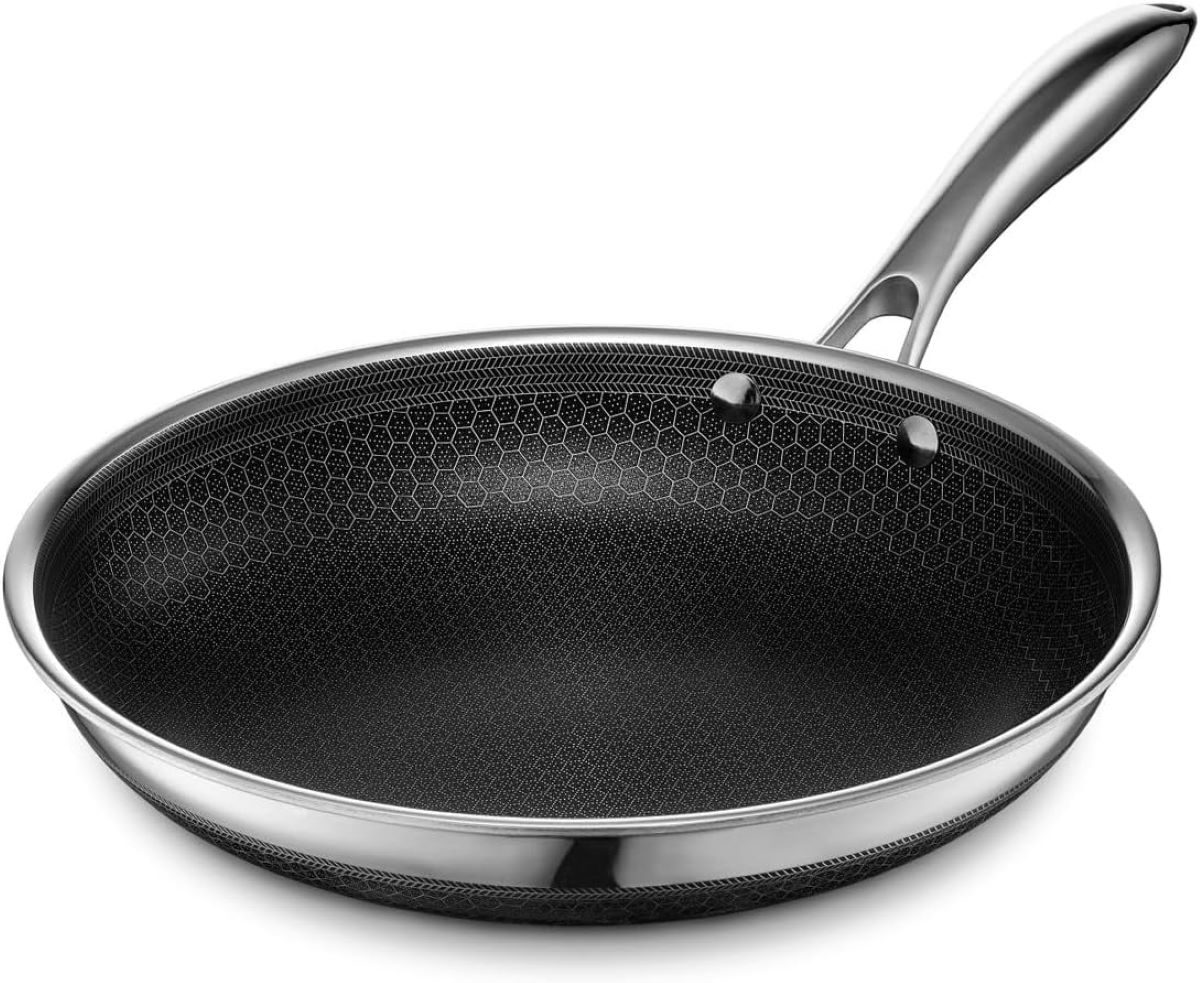
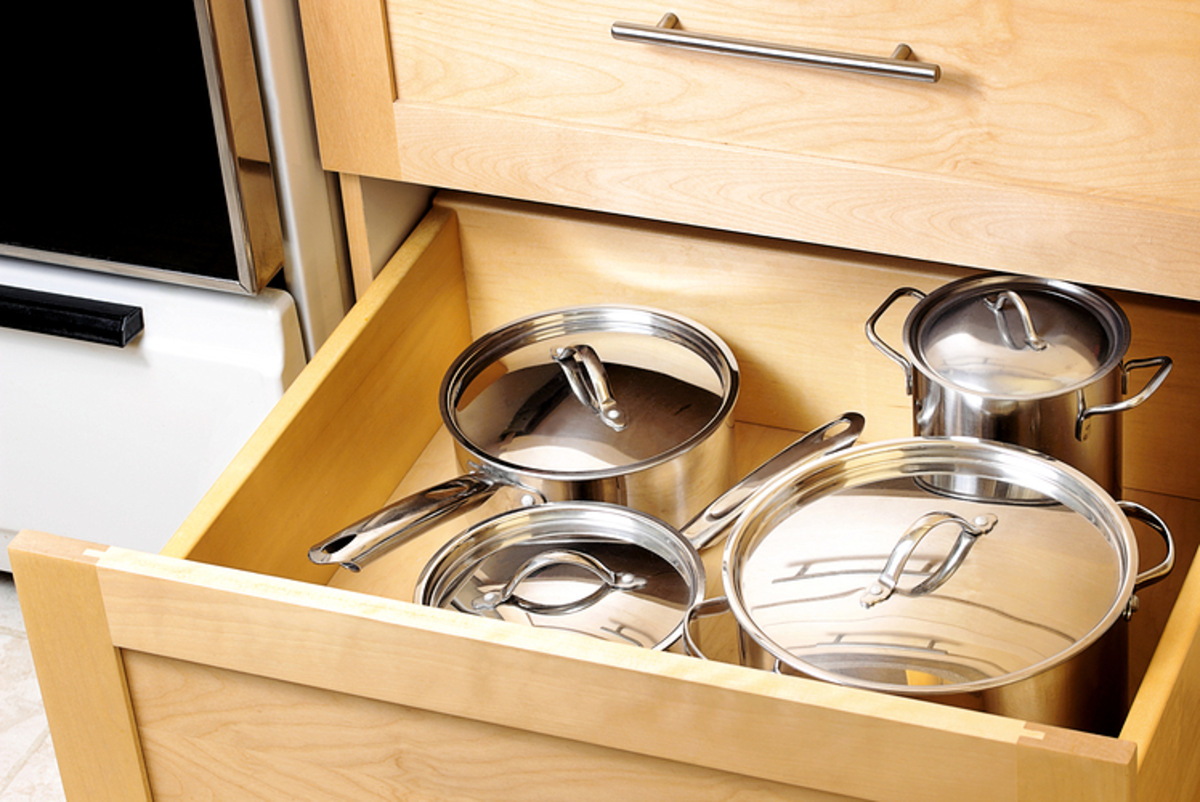
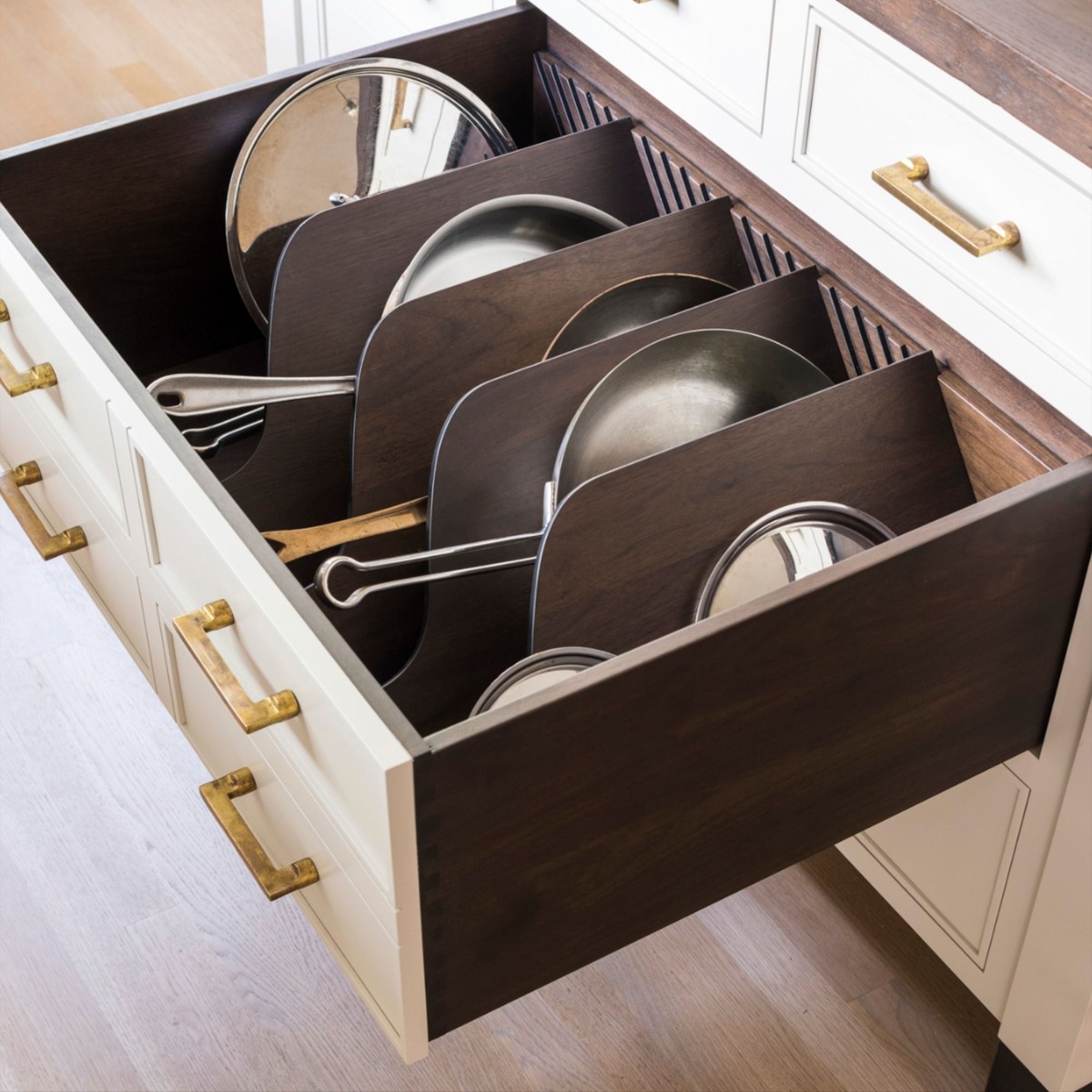

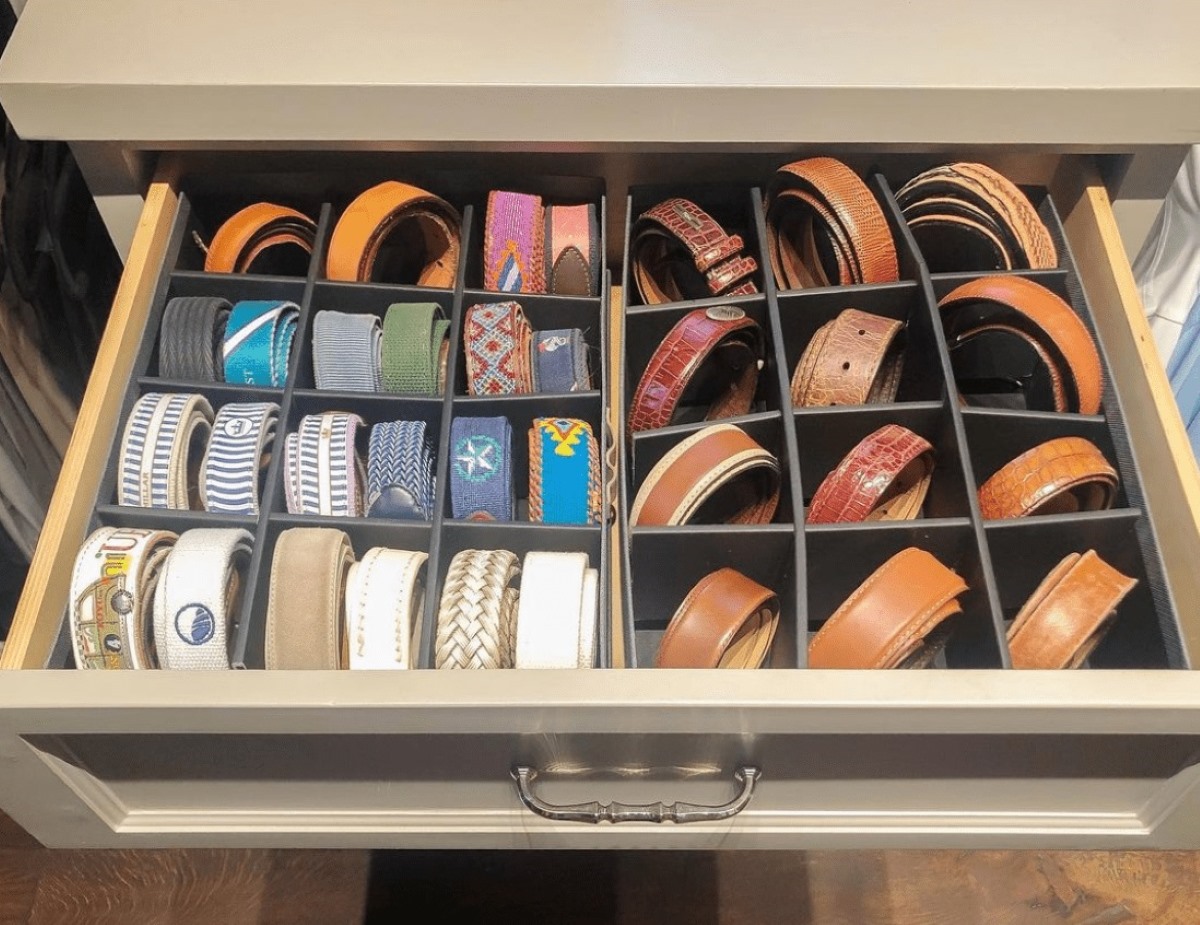

0 thoughts on “How To Store Pots And Pans In Drawers”